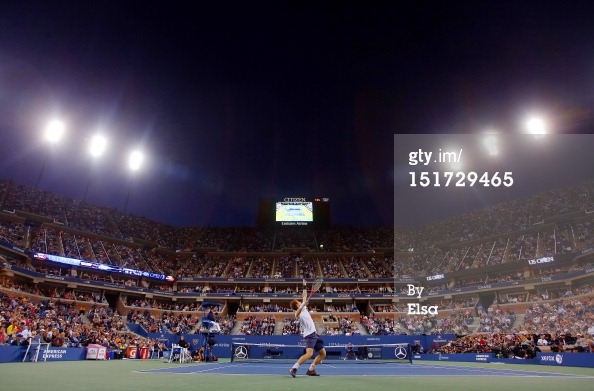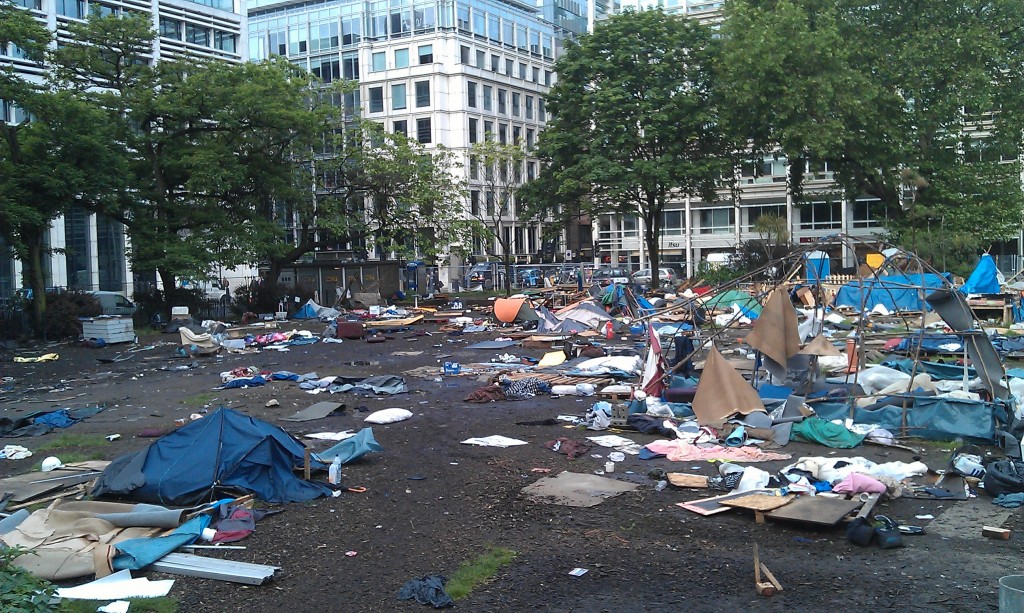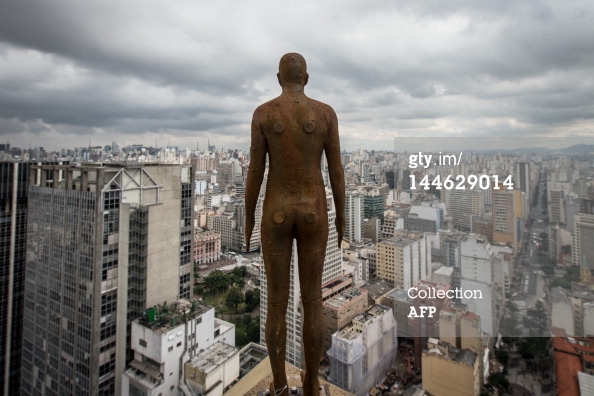
On Friday, Roger Federer and Novak Djokovic line up in the semi-final at Wimbledon. Although they have never played each other on grass before, a semi-final meeting has a very familiar ring to it.
Well, that’s because it is familiar – and a bit too frequent, when you look at the odds.
In fact, since Djokovic broke into the top 4, it is amazing how many times he and Federer have been placed in the same half of the draw. For those unfamiliar with how it should work, here it is:
- The number 1 and 2 seeds are placed at opposite ends of the draw. Then, the 3rd and 4th seeds are picked at random and placed in one half or the other, away from the top 2 seeds so that they can only meet at the semi-final stage.
- For many years, Federer was #1 in the world, with Nadal #2 and Djokovic #3 or #4. Now, Djokovic is #1, with Federer #3. Never in a slam have Federer and Djokovic been 1 and 2 seeds.
So, to recap: for since half way through 2007, for each of the four slams in a year, it has been a 50:50 chance that Federer and Djokovic should end up in the same half of the draw.
In fact, since Djokovic has broken into the top 4, (which has coincided with an ever-present Federer in the top 3), they have been in the same half of a grand slam draw 16 times out of 21.
To get 16 heads flipping a coin 21 times is not good odds. For what should be a 50 per cent chance, it is running at over 76 per cent. That looks suspicious.
And in 2009 and 2011, they were in the same half for EVERY slam. That’s a 1 in 16 chance for the year, repeated.
Overall, unless my statistics is letting me down, the chance of 16 out of 21 coin tosses coming up heads is 0.0097 – that’s the binomial probability. Here’s the calculator I used – enter 0.5, 21 and 16 to see the results. That’s not very likely.
[Aside: They are such good players, that out of the 16 times they have been in the top 4 seedings and drawn in the same half, they have managed to get to play each other 9 times, with one or both players going out before the semi stage 7 times.]
Why would you want to play Federer and Djokovic in the same half? To get Nadal in the final, that would be one possibility, to try and engineer more Nadal-Federer finals. Or, more likely, it’s just chance. But a few more Federer-Djokovic semis, and perhaps the players should be hiring statisticians as well as dieticians.
Here’s the data in a Google spreadsheet.









 In brief: the company has changed the watermark from an obstructive, possessive gesture to a helpful, open one. It is not longer a simple stamp across the image, but a cleaner box with a short-form URL and a photographer credit.
In brief: the company has changed the watermark from an obstructive, possessive gesture to a helpful, open one. It is not longer a simple stamp across the image, but a cleaner box with a short-form URL and a photographer credit.
